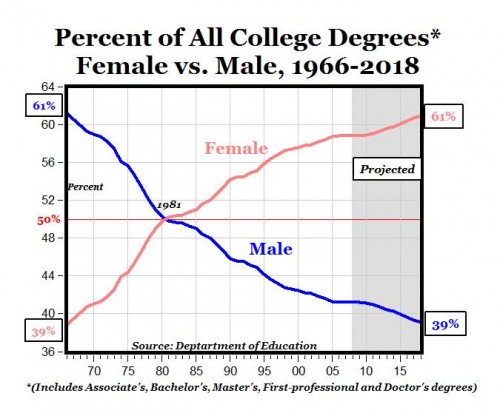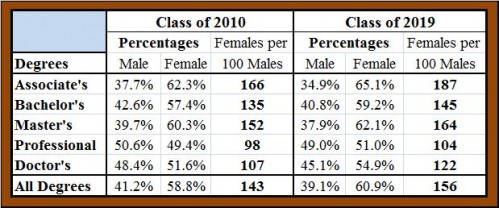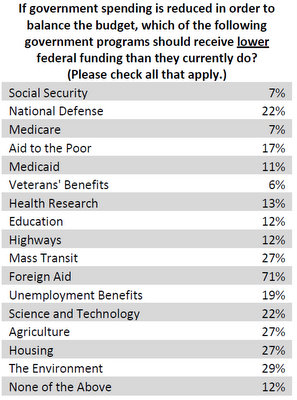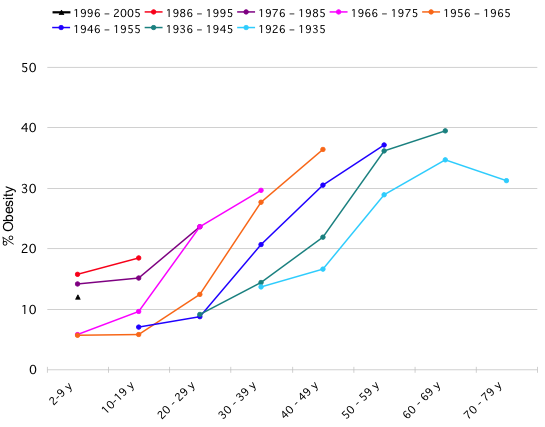Amanda B. sent in this screencap of the teaser for a story on the Shape magazine website:
That is the image we’re presented as a woman who isn’t “skinny.” This photoshopped picture is, apparently, what counts as being curvy in Shape: a perfectly hour-glass figure with large breasts (that have been contour shaded/highlighted to emphasize their size and roundness).
Just to be sure you don’t think Shape is arguing that you, yourself, should accept your body the way it is, the article includes a link to Kim’s workout routine so you can “get her body.”
It’s another example of articles that pretend to be presenting an alternative to beauty standards/Hollywood ideals (be confident! Even stars have cellulite! So what?!?) but ultimately reinforce them, both by presenting images in which the featured women’s bodies differ little from those seen in the rest of the magazine and by making sure you know how to diet and exercise in order to get your body to conform.









